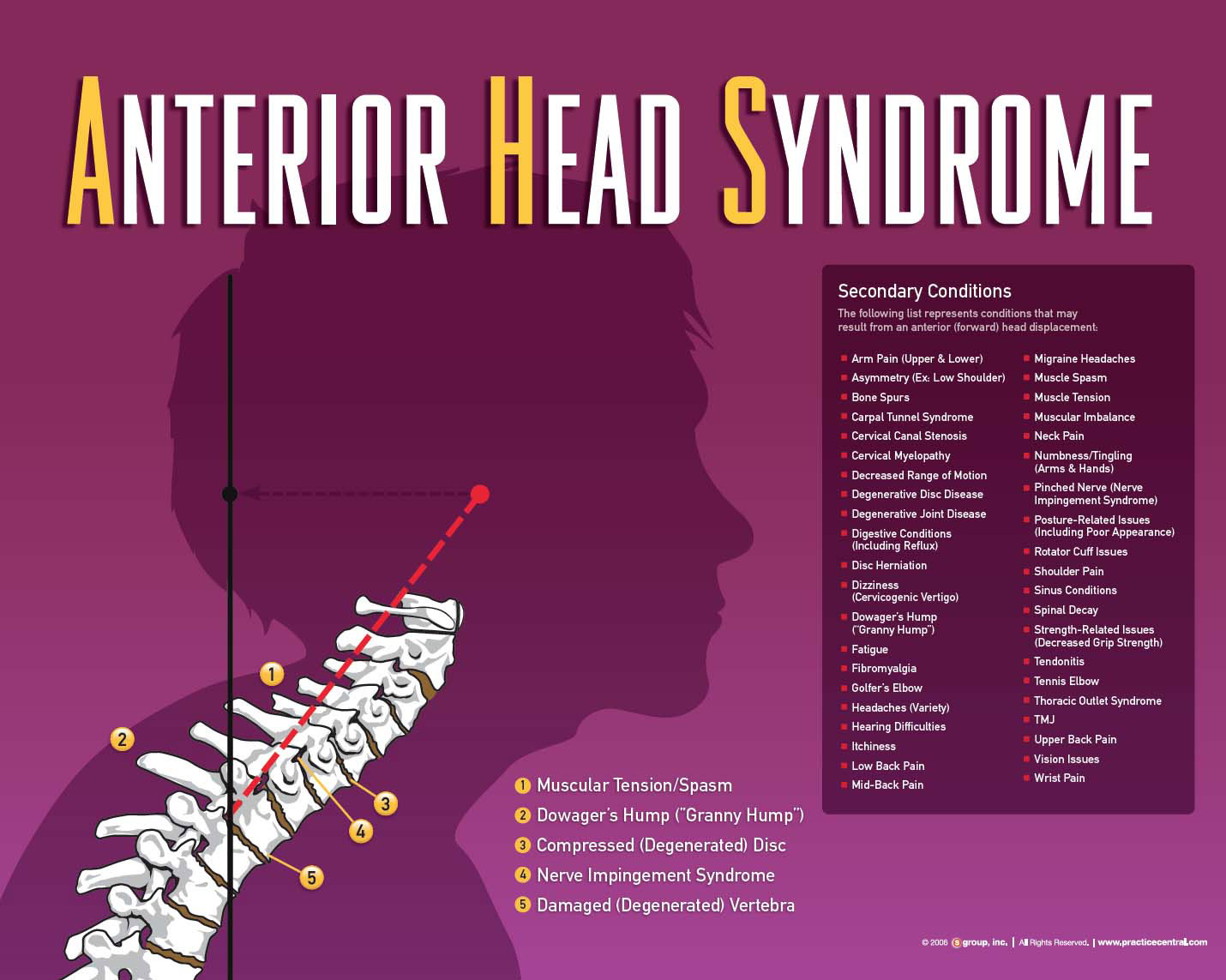What are Secondary Conditions?
When the structure of the spine has shifted, it can lead to a variety of secondary conditions or symptoms. The reason we refer to these as secondary conditions is because they tend to be the result of a primary Structural Shift. Focusing only on the elimination of secondary conditions and not addressing the underlying structure is like taking a lawnmower to a yard full of dandelions and expecting them not to come back. Unless you address the problem at the root level, the dandelions will come right back. Our focus is on correcting the underlying problem as opposed to temporarily making the secondary conditions disappear.
- Decreased Range of motion
- Degenerative Disc Disease

- Degenerative Joint Disease
- Disc Herniations
- Dizziness (Cervicogenic Vertigo)
- Dowager’s Hump (“Granny Hump”)
- Fatigue
- Muscle Spasm
- Muscle Imbalance
- Shoulder Pain
- TMJ
- Headache
- Migraines
- Neck Pain
- Low back pain
- Arm pain (Upper and Lower)
- Leg pain
- Numbness/Tingling
- Pinched Nerves
- Asymmetry
- Bone Spurs
- Carpal Tunnel Syndrome
